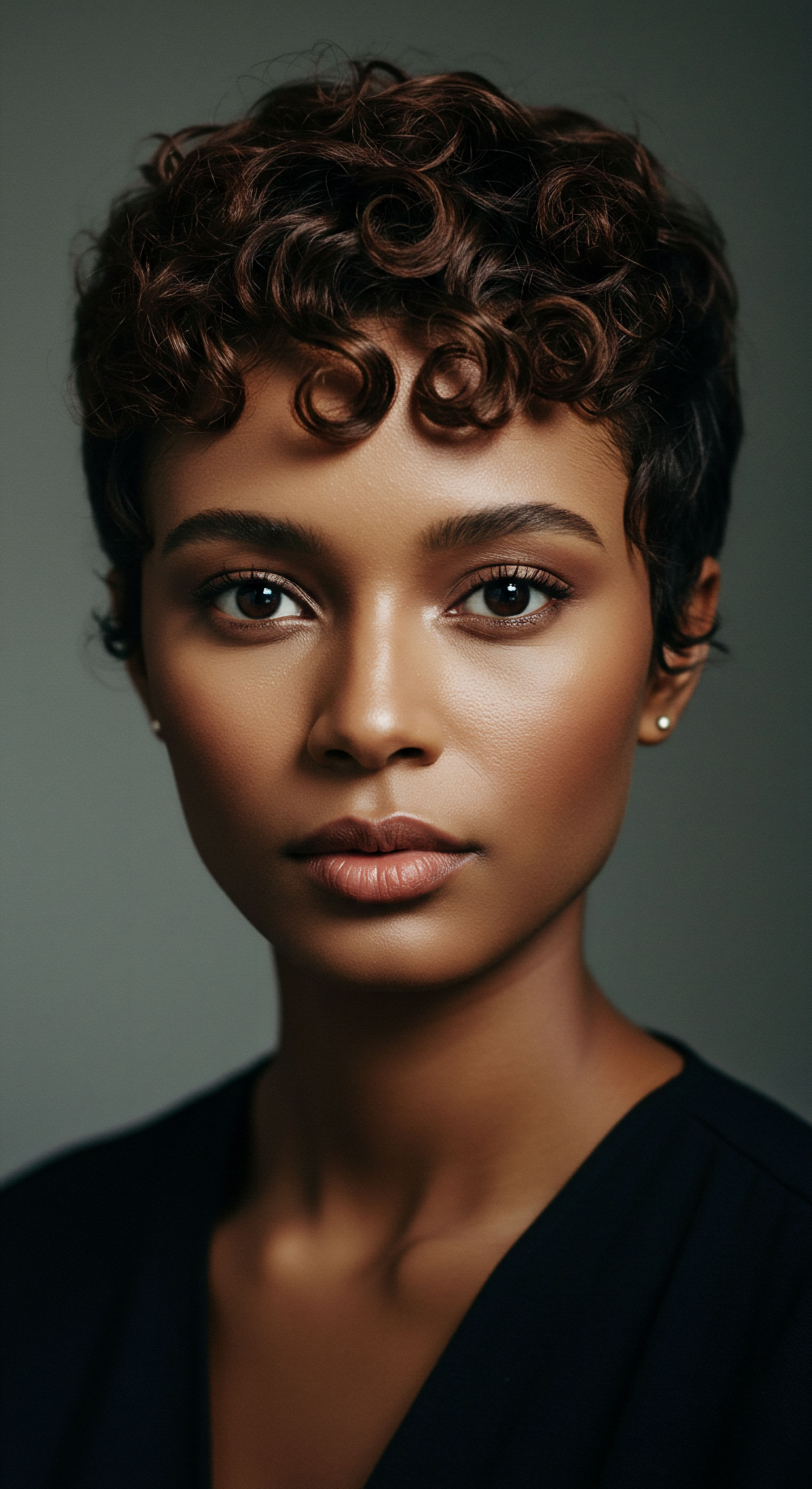
Fundamentals
The concept of Professional Appearance, at its most foundational, refers to the manner in which an individual presents themselves within a formal or vocational setting. This presentation encompasses not merely clothing and accessories, but also grooming, demeanor, and indeed, hair. For those within the textured hair community, particularly individuals of Black and mixed heritage, this seemingly straightforward notion carries layers of historical weight and cultural significance, often diverging from the prevailing Eurocentric standards that have long shaped societal perceptions of acceptability. A clear elucidation of this term begins with recognizing its dual nature ❉ a universal expectation of readiness for work, yet simultaneously a deeply subjective interpretation rooted in cultural norms.
At its heart, the Definition of Professional Appearance implies a visual statement of respect for the environment, for colleagues, and for the tasks at hand. It suggests a certain level of preparedness and a readiness to engage with the demands of one’s role. This often translates into expectations of neatness, tidiness, and a polished presentation.
However, the interpretation of these qualities becomes remarkably fluid when viewed through the lens of diverse hair textures and styles. For centuries, the inherent beauty and unique qualities of coily, kinky, and curly hair patterns were systematically devalued within dominant societal frameworks, influencing what was deemed “professional.”
Professional Appearance signifies a visual readiness for formal settings, yet its meaning transforms dramatically when considering the rich diversity of textured hair.
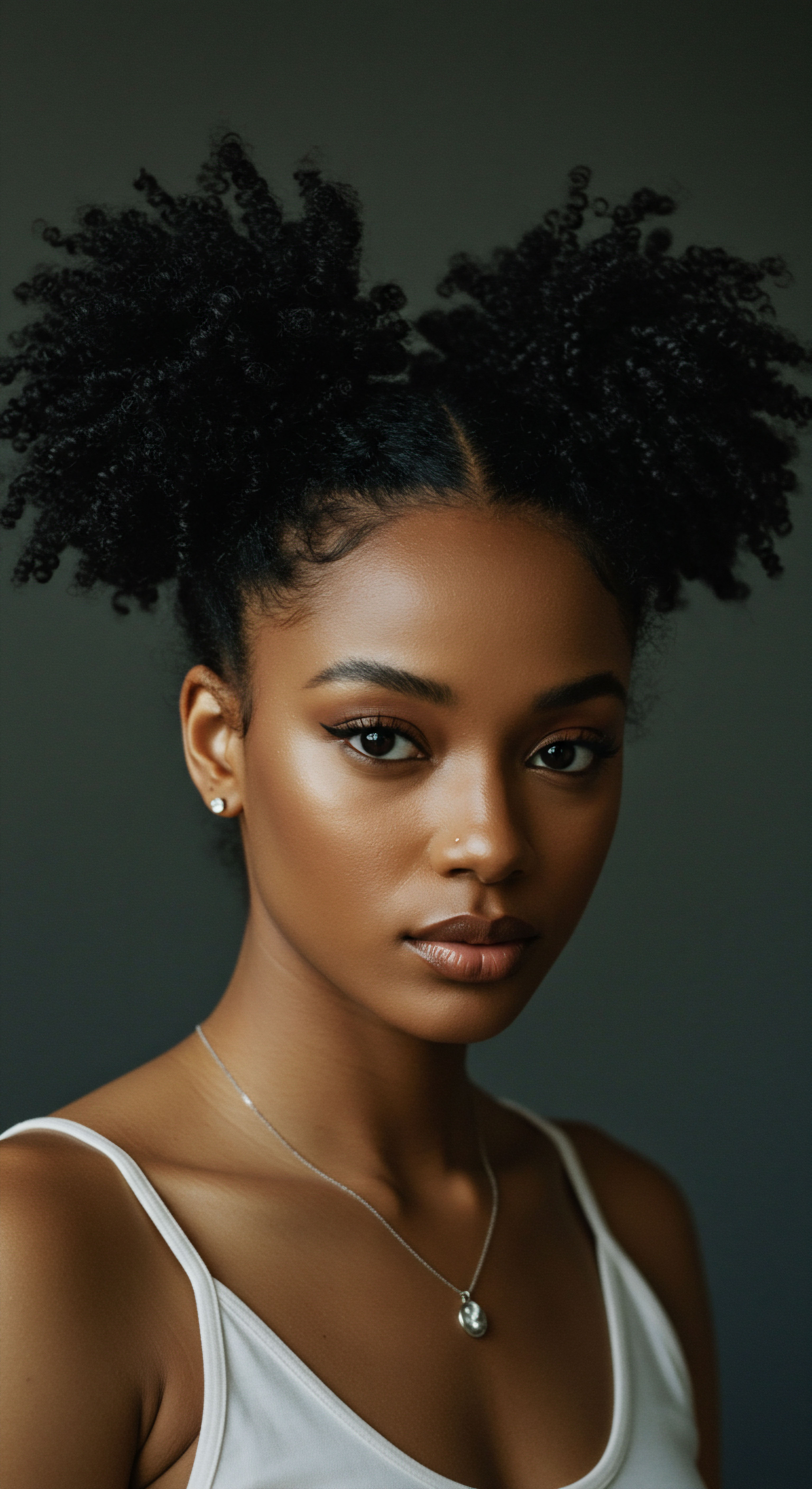
Initial Perceptions and Their Influence
The initial assessment of a person’s appearance, including their hair, occurs remarkably quickly. Studies in social psychology reveal that individuals form snap judgments within milliseconds, influencing perceptions of competence, trustworthiness, and overall suitability. This rapid assessment underscores why hair, as a prominent feature, holds such sway in these first encounters. For someone with textured hair, navigating these implicit biases can mean a constant negotiation between personal expression and perceived professional conformity.
- Visual Cues ❉ Hair contributes significantly to the immediate visual cues that shape first impressions.
- Implicit Associations ❉ Unconscious biases often link certain hair textures or styles to assumptions about professionalism or competence.
- Cultural Context ❉ The meaning ascribed to various hair presentations is heavily influenced by prevailing cultural standards, which historically have not centered textured hair.
Consider the simple act of styling hair for a job interview. While many might choose a style that feels neat and comfortable, for individuals with textured hair, this choice can carry far greater implications. The decision often extends beyond personal preference to a strategic consideration of how their natural hair might be received in environments where unwritten rules favor straightened or loosely curled aesthetics. This preliminary understanding lays the groundwork for a deeper exploration of how these standards are not merely about aesthetics, but about power, perception, and belonging.
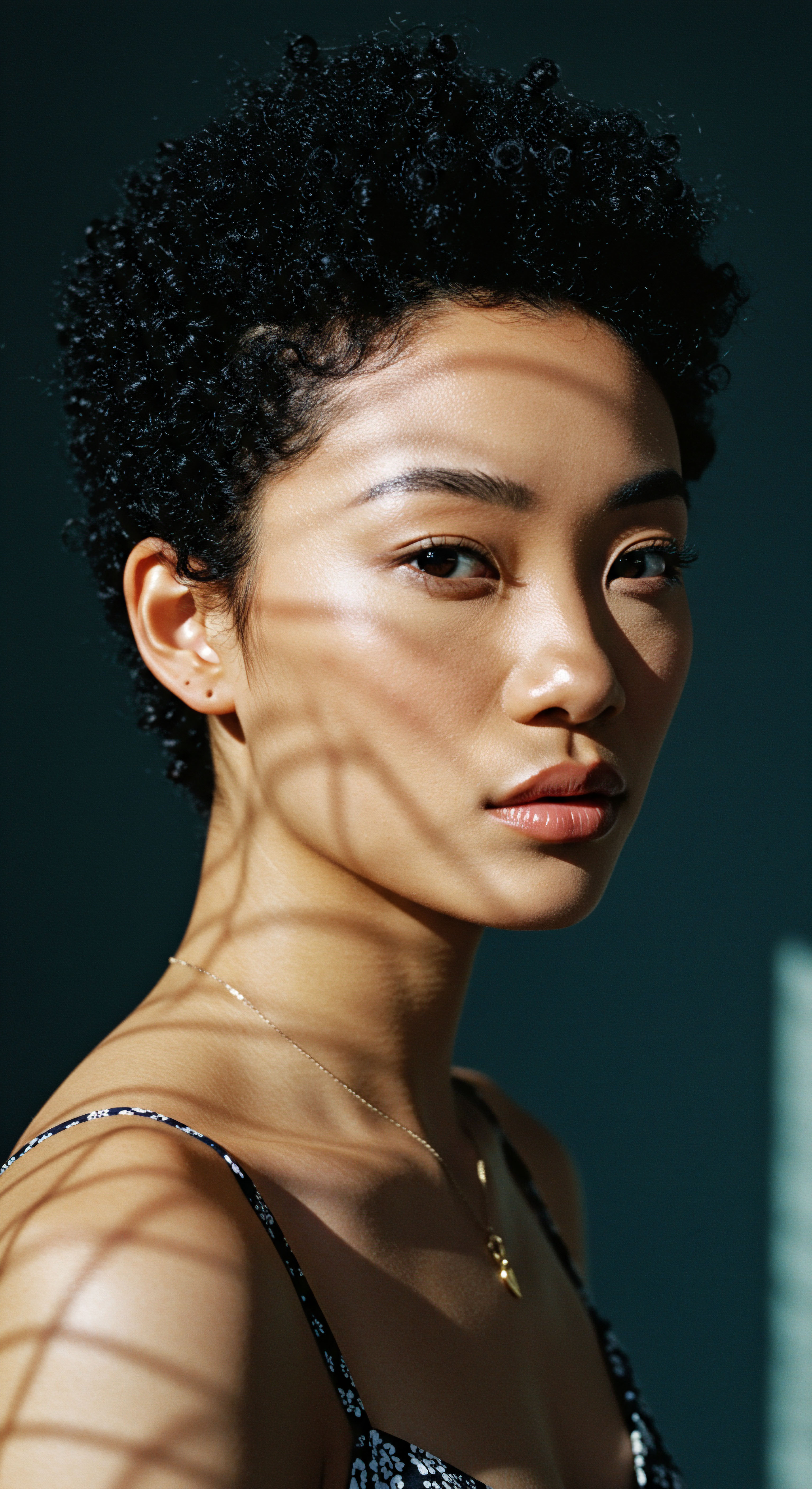
Intermediate
Moving beyond the foundational understanding, the Description of Professional Appearance expands to encompass its practical applications and the often-unspoken rules that govern it, particularly within the landscape of textured hair. This deeper inquiry reveals that the concept is less a rigid doctrine and more a dynamic, socially constructed phenomenon, shaped by historical legacies, industry expectations, and individual choices. For Roothea, understanding this dynamic is essential for anyone seeking to navigate professional spaces with their textured hair authentically and confidently.

The Unspoken Curriculum of Hair
In many professional environments, an unwritten curriculum dictates what hair presentations are considered “appropriate.” This informal instruction often translates into subtle pressures or even overt policies that disproportionately affect individuals with textured hair. The societal expectation, often rooted in Eurocentric beauty standards, has historically favored hair that lies flat, flows freely, or is styled in ways that mimic these characteristics. Consequently, natural hair textures—such as coils, kinks, and locs—have frequently been labeled as “unprofessional,” “unkempt,” or “distracting.” This cultural imposition necessitates a constant assessment for individuals with Black and mixed hair, who must weigh personal identity against perceived professional advancement.
Professional Appearance, particularly for textured hair, is an evolving social construct, subtly shaped by historical biases and prevailing industry norms.
The daily or weekly hair care rituals for textured hair, often steeped in heritage and specific needs, also become intertwined with this concept. The careful selection of products, the time dedicated to detangling and moisturizing, and the artistry involved in protective styles like braids or twists are not just acts of self-care; they are also acts of preparation for a world that may not always recognize or appreciate their inherent beauty in a professional context. The very act of maintaining healthy textured hair can be seen as a statement of care and attention to detail, qualities universally valued in professional settings, yet paradoxically, the resulting appearance may still face scrutiny.

Manifestations in Daily Professional Life
The practical implications of Professional Appearance for textured hair manifest in various daily scenarios, from job interviews to routine workplace interactions. Consider a professional seeking to present a polished image for a client meeting. For someone with straight hair, this might involve a simple brush and a quick style.
For an individual with natural curls or coils, it might involve a more elaborate routine to define their pattern, minimize frizz, or secure a protective style that is both elegant and culturally affirming. The effort and intention are equivalent, yet the societal reception can differ significantly.
Here are some common ways the notion of professional appearance intersects with textured hair in daily professional life:
- Styling Choices ❉ The decision to wear hair in its natural state, or to opt for straightened styles, often involves a consideration of how it will be perceived in different professional environments.
- Maintenance Routines ❉ The time and resources dedicated to hair care for textured hair are often more extensive, reflecting the unique needs of these hair types to maintain health and appearance.
- Workplace Policies ❉ While the CROWN Act seeks to prohibit hair discrimination, many organizations still operate with implicit or explicit policies that disadvantage natural and protective styles.
Understanding Professional Appearance at this intermediate level means recognizing that it is not merely about adhering to a universal standard, but about navigating a complex interplay of personal identity, cultural heritage, and societal expectations. It calls for a deeper sensitivity to how these standards have historically excluded and continue to impact individuals with textured hair, urging a re-evaluation of what truly constitutes “professionalism” in a diverse world.

Advanced
At an advanced stratum of understanding, the Meaning of Professional Appearance transcends superficial notions of neatness, revealing itself as a deeply embedded socio-cultural construct, intricately tied to power dynamics, historical oppression, and systemic bias. For Roothea, this level of explication demands a rigorous analysis of how this concept, particularly in Western contexts, has been weaponized against textured hair, impacting career trajectories, economic mobility, and even psychological well-being. This sophisticated interpretation delves into the biological, historical, psychological, and sociological factors that shape perceptions of hair and, by extension, professional identity.

The Historical and Systemic Roots of Bias
The historical subjugation of Black and mixed hair textures is a stark testament to how beauty standards are often instruments of control. Colonial legacies and the enduring influence of Eurocentric ideals have historically positioned straightened or loosely waved hair as the benchmark of respectability and competence. This pervasive cultural conditioning led to the widespread adoption of chemical relaxers and hot styling tools, not merely for aesthetic preference, but as a perceived Necessity for social and economic integration. The notion that one’s natural hair needed to be “tamed” or “corrected” to align with professional norms is a direct consequence of this historical narrative.
From a sociological perspective, the concept of Professional Appearance functions as a gatekeeper, implicitly reinforcing existing hierarchies. Academic research, drawing on critical race theory, highlights how physical characteristics, including hair texture, become artificial associations with perceived psychological and behavioral tendencies, often negative when deviating from dominant norms. This is not merely about individual prejudice; it speaks to deeply ingrained systemic issues.
The professional appearance standard, especially concerning hair, functions as a powerful, often discriminatory, gatekeeper rooted in historical biases and systemic inequalities.

Empirical Evidence of Hair-Based Discrimination
The impact of these historical biases is not relegated to the past; it is a lived reality for countless individuals with textured hair today. Empirical studies offer compelling evidence of this ongoing discrimination. For instance, research conducted by Dove and LinkedIn in 2023, part of the CROWN Workplace Research Study, revealed a stark disparity ❉ Black Women’s Hair is 2.5 Times More Likely to Be Perceived as “unprofessional” Than White Women’s Hair by Those Interviewed. This finding is not an isolated data point; it reflects a broader pattern of bias.
Further amplifying this concern, the same study indicated that approximately Two-Thirds (66%) of Black Women Feel Compelled to Change Their Hair for a Job Interview, with a Significant 41% Altering Their Hair from Curly to Straight. This widespread practice underscores the profound pressure to conform to Eurocentric standards, often at the expense of comfort, hair health, and authentic self-expression. The implications extend beyond the initial interview stage; once employed, Black women with coily or textured hair are Twice as Likely to Experience Microaggressions in the Workplace compared to those with straighter hair. These subtle yet pervasive slights can erode job satisfaction and hinder career advancement.
The consequences can be even more severe. Over 20% of Black Women between the Ages of 25 and 34 Have Been Sent Home from Their Jobs Due to Their Hair. This alarming statistic reveals a tangible, punitive outcome directly linked to hair texture and style, demonstrating how “Professional Appearance” can be used to deny opportunities and enforce conformity.
Furthermore, a quarter of Black women express a belief that they have been denied job interviews because of their hair, a perception that rises to one-third for women under 34. These figures paint a clear picture of a systemic barrier, one that disproportionately impacts Black women in their pursuit of professional success.
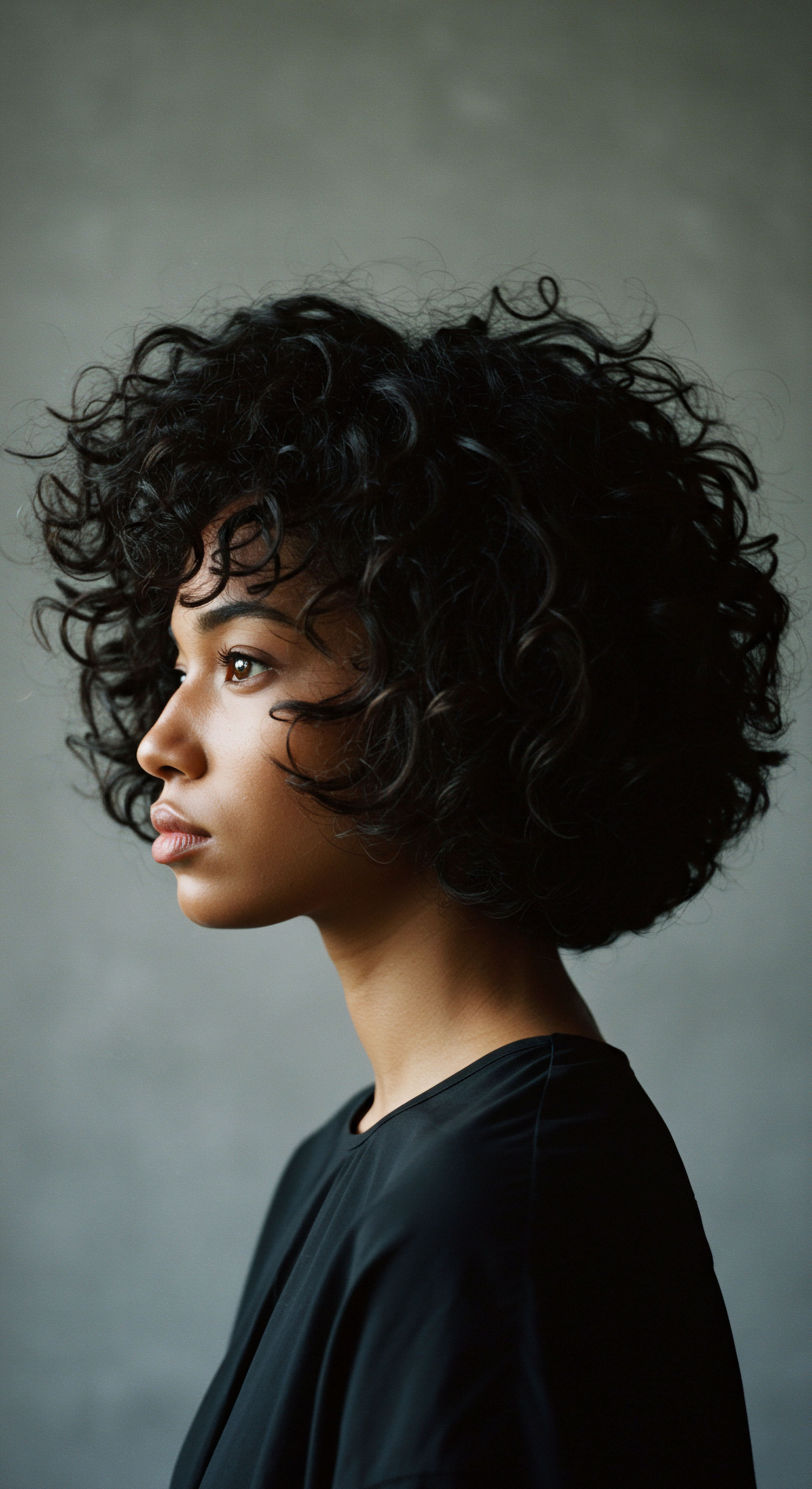
Case Study ❉ The Laura Odoffin Experience
A poignant illustration of this bias comes from the experience of Laura Odoffin in 2014, who had a job offer rescinded because her protective braids were deemed non-compliant with grooming requirements. The email she received explicitly stated, “Unfortunately we cannot accept braids – it is simply part of the uniform and grooming requirements we get from our clients.” This incident, while specific, reflects a broader phenomenon where employers’ subjective interpretations of “professional” hair directly impede employment opportunities for individuals with textured hair. This is not an isolated occurrence; similar cases have led to legal challenges and the development of legislation like the CROWN Act, which seeks to protect individuals from discrimination based on hair texture and protective styles.
Such instances highlight the urgent need for a more inclusive Interpretation of Professional Appearance, one that recognizes the inherent beauty and cultural significance of diverse hair textures rather than penalizing them. The very act of wearing natural or protective styles becomes a statement of identity and resilience in the face of long-standing biases.
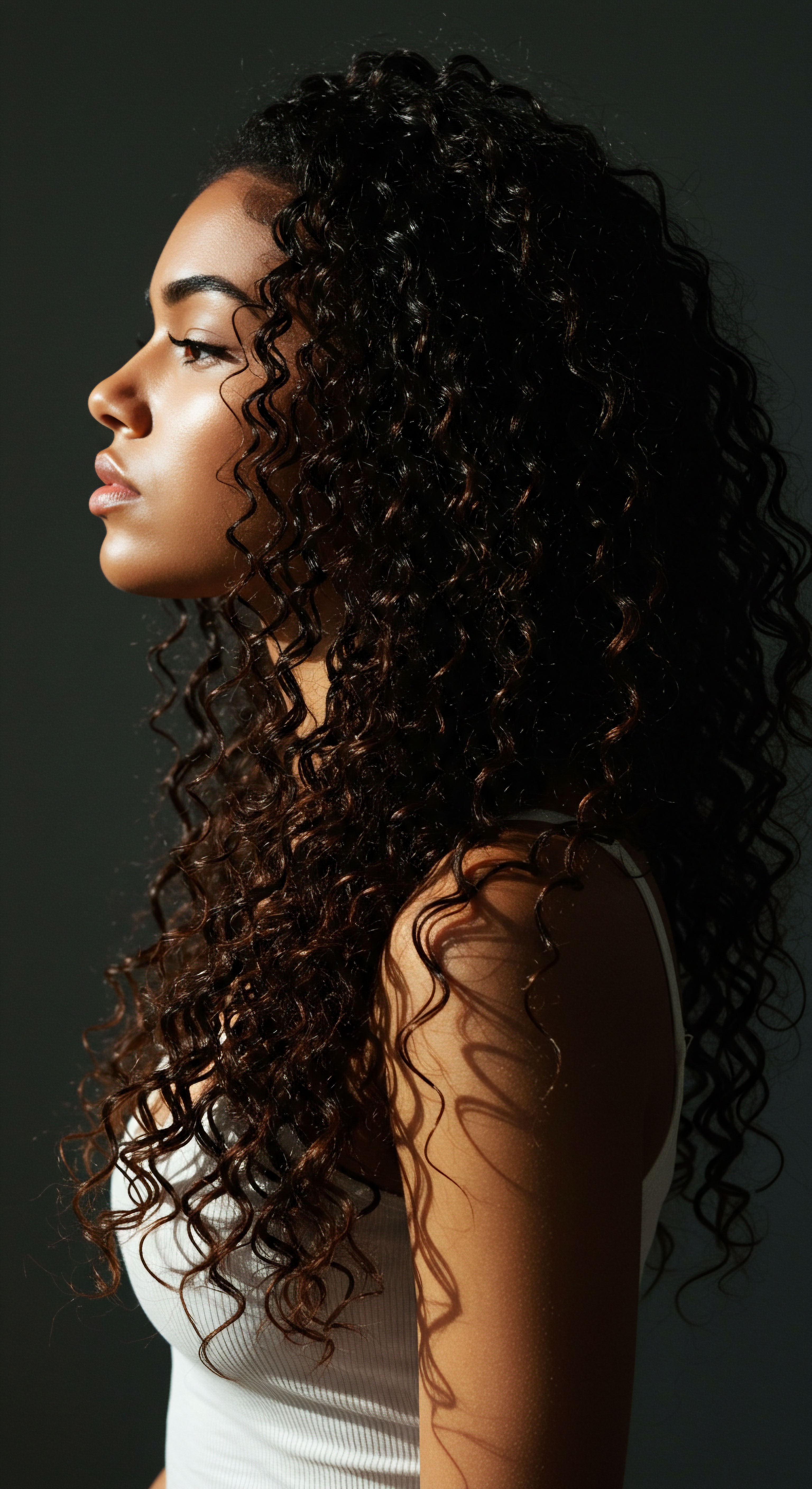
The Scientific and Economic Dimensions
Beyond the sociological and cultural facets, the scientific Delineation of hair structure further complicates simplistic notions of “professional” hair. All human hair, regardless of ethnic origin, shares fundamental biological components ❉ a cuticle, cortex, and medulla. Yet, the variations in curl pattern, density, and strand thickness inherent to textured hair necessitate different care approaches and styling techniques. To demand that these natural variations conform to a narrow, often Eurocentric, aesthetic is to disregard the biological reality of hair itself.
From an economic perspective, the pressure to conform to straightened hair standards imposes significant financial and time burdens on Black women. The cost of chemical relaxers, weaves, wigs, and the time spent on their application and maintenance can be substantial. This “grooming gap” represents an unacknowledged economic burden, where the pursuit of perceived professionalism comes with a tangible price tag, further contributing to existing wage disparities.
| Impact Area Employment Opportunities |
| Specific Manifestation 25% of Black women believe they have been denied job interviews due to hair bias. |
| Data Point / Source Dove/LinkedIn 2023 CROWN Workplace Research Study |
| Impact Area Workplace Experience |
| Specific Manifestation Black women with coily/textured hair are 2x more likely to experience microaggressions. |
| Data Point / Source Dove/LinkedIn 2023 CROWN Workplace Research Study |
| Impact Area Job Security |
| Specific Manifestation Over 20% of Black women aged 25-34 have been sent home from work due to their hair. |
| Data Point / Source Dove/LinkedIn 2023 CROWN Workplace Research Study |
| Impact Area Conformity Pressure |
| Specific Manifestation 66% of Black women change their hair for job interviews; 41% straighten it. |
| Data Point / Source Dove/LinkedIn 2023 CROWN Workplace Research Study |
| Impact Area Financial Burden |
| Specific Manifestation The "grooming gap" involves significant costs for products and styling to conform. |
| Data Point / Source Sociologists Jaclyn Wong and Andrew Penner research on grooming gap |
The profound Significance of re-evaluating Professional Appearance standards, especially concerning textured hair, extends beyond mere fairness; it is a matter of equity, economic justice, and psychological well-being. Organizations that actively challenge and redefine these outdated norms stand to gain not only in diversity and inclusion but also in fostering environments where individuals can bring their whole, authentic selves to their work, leading to greater innovation and productivity. The shift demands not just tolerance, but genuine appreciation for the rich variety of human expression, beginning with hair.
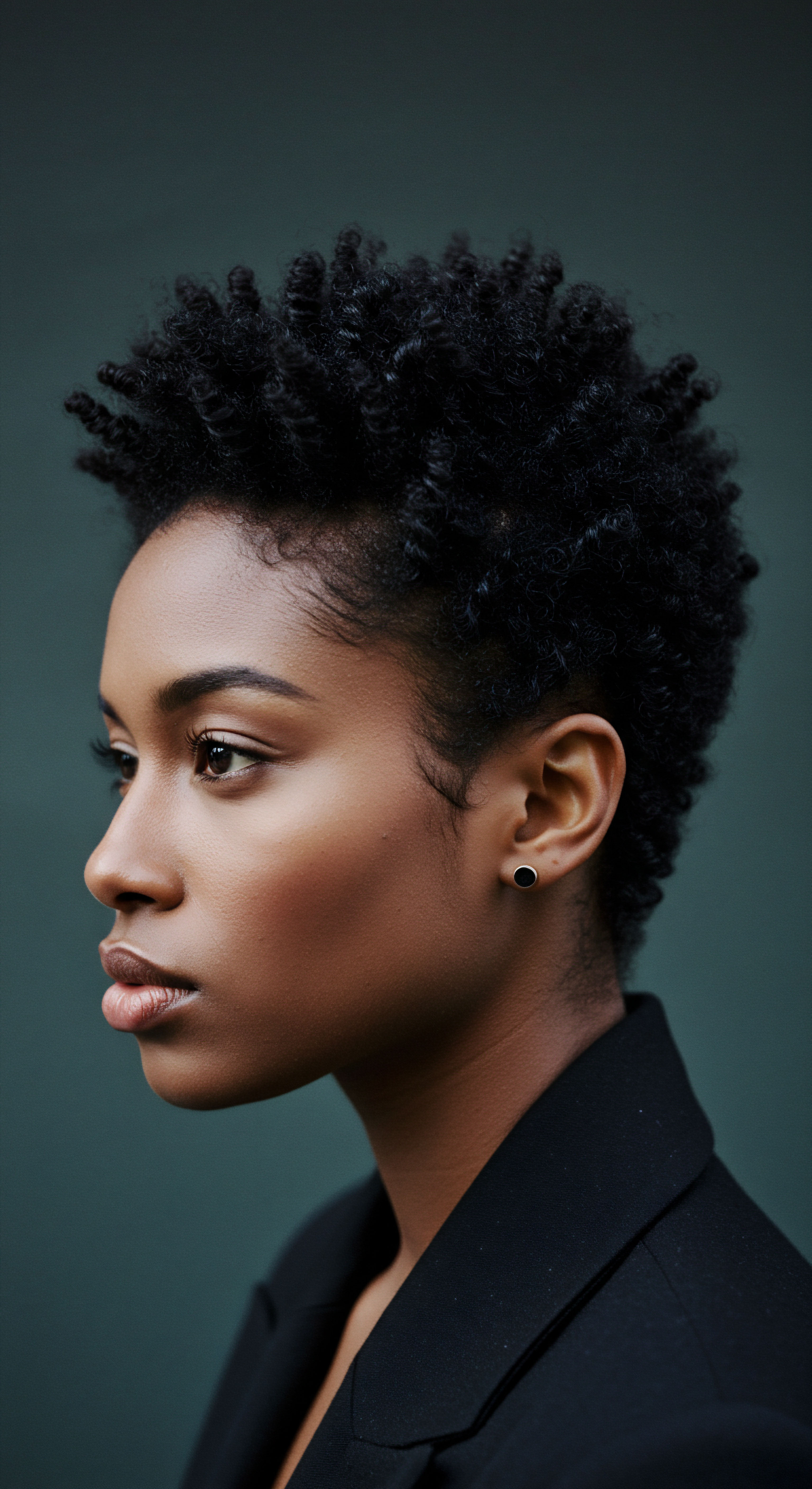
Reflection
The dialogue surrounding Professional Appearance, particularly as it pertains to textured hair, invites us to consider the deeper currents that shape our societal perceptions. It prompts a thoughtful re-examination of ingrained norms, urging us to move beyond superficial judgments towards a more expansive and equitable understanding of what it means to present oneself with competence and respect. The journey towards an inclusive professional aesthetic is not merely about policy changes, though these are vital; it is about cultivating a collective consciousness that celebrates the inherent beauty and versatility of all hair textures.
This ongoing conversation compels us to reflect on the stories carried within each strand of hair—stories of heritage, resilience, and personal expression. As we continue to learn and grow, Roothea stands as a gentle guide, advocating for a world where every individual feels empowered to honor their natural self within any professional sphere, without compromise or fear of misjudgment. The true measure of professionalism, ultimately, lies not in a uniform appearance, but in the integrity, skill, and dedication one brings to their endeavors.

References
- Byrd, Ayana, and Lori Tharps. Hair Story ❉ Untangling the Roots of Black Hair in America. St. Martin’s Press, 2001.
- Dabiri, Emma. Twisted ❉ The Tangled History of Black Hair Culture. Harper Perennial, 2020.
- Dove CROWN Research Study for Women. 2019 CROWN Research Study for Women. Unilever, 2019.
- Dove and LinkedIn. 2023 CROWN Workplace Research Study. Unilever & LinkedIn, 2023.
- Ellington, Tameka N. Black Hair in a White World. Kent State University Press, 2020.
- Khoval, Christy Zhou, and Ashleigh Shelby Rosette. “The Natural Hair Bias in Job Recruitment.” Social Psychological and Personality Science, vol. 11, no. 8, 2020, pp. 1099-1108.
- Payne-Patterson, Jasmine. “The CROWN Act ❉ A Jewel for Combating Racial Discrimination in the Workplace and Classroom.” Economic Policy Institute Report, July 26, 2023.
- Perception Institute. The “Good Hair” Study Results. Perception Institute, 2016.
- Rooks, Noliwe M. Hair Raising ❉ Beauty, Culture, and African American Women. Rutgers University Press, 1996.
- Timar, Soheyb. “Hair Anatomy and Material Science.” Archives of Pharmacy Practice, vol. 11, no. S1, 2020, pp. 104-17.
- Wong, Jaclyn S. and Andrew M. Penner. “The Privilege of Beauty ❉ How Physical Attractiveness Affects Life Chances.” Annual Review of Sociology, vol. 45, 2019, pp. 433-454.
- Yang, Fei-Chi, Yuchen Zhang, and Maikel C. Rheinstädter. “The structure of people’s hair.” PeerJ, vol. 2, 2014, e619.